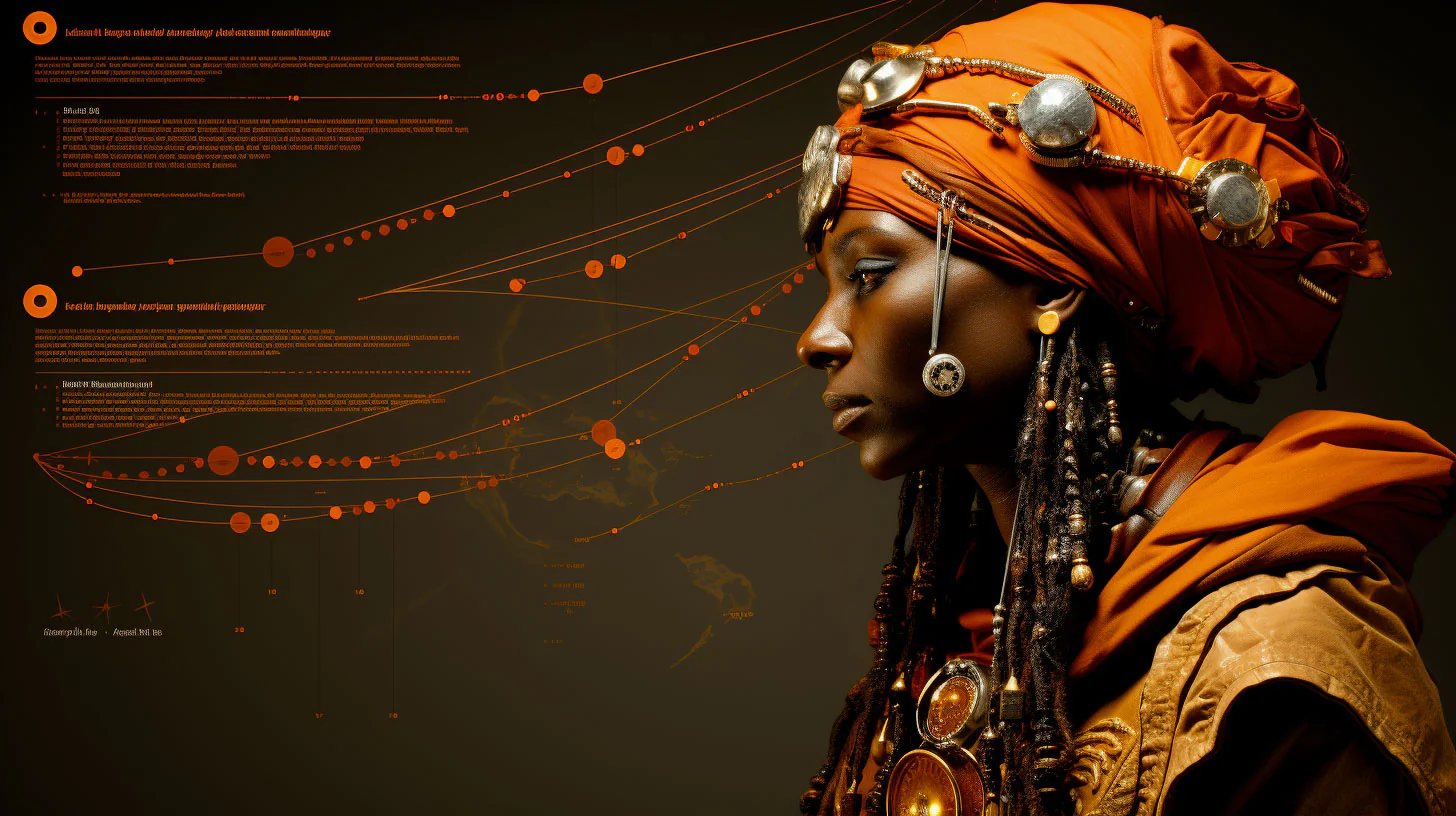
Afrofuturism Explored: A Journey into the Intersection of African Culture and Sci-Fi
Afrofuturism, a term coined by Mark Dery in his 1993 essay titled “Black to the Future,” is a cultural aesthetic that intertwines African diaspora culture with technology and science fiction. This genre, deeply rooted in African American history and concerns, is a form of speculative fiction that treats African themes and addresses African American concerns through a unique narrative lens. It’s a movement that not only envisions a future world but also reexamines the past and present from an African American perspective. The movement transcends just literature and art, encompassing a wide range of artistic expression, including music and fashion. Afrofuturism reimagines the future of people of African descent, offering a vision of the world where black culture and technology are central. It’s not just about creating a “black” version of sci-fi, rather, it’s about reshaping the genre to include and represent African American concerns and experiences in a future context.
African Diaspora and Its Influence on Afrofuturism
The African diaspora plays a pivotal role in shaping Afrofuturism. This diaspora, resulting from the transatlantic slave trade and other historical movements of people of African descent, has spread African culture across the globe. Afrofuturism taps into this rich history, drawing inspiration from various African traditions and myths. It also addresses the impact of the Middle Passage, slavery, and colonization on black identity.
Artists and writers use Afrofuturism as a tool to explore the complex relationship between African heritage and the modern world. The movement allows for a reimagining of the African continent and its people’s destiny, not just as a historical footnote marked by colonization and slavery, but as a vibrant, influential force in shaping the future.
A premier scholarship essay writing service essayhub.com provides custom, high-standard writing aid for a wide array of academic projects. Staffed with talented writers, they guarantee unique, deeply researched work, delivered on time. Their commitment to excellence and student satisfaction marks them as a distinguished choice for academic support.
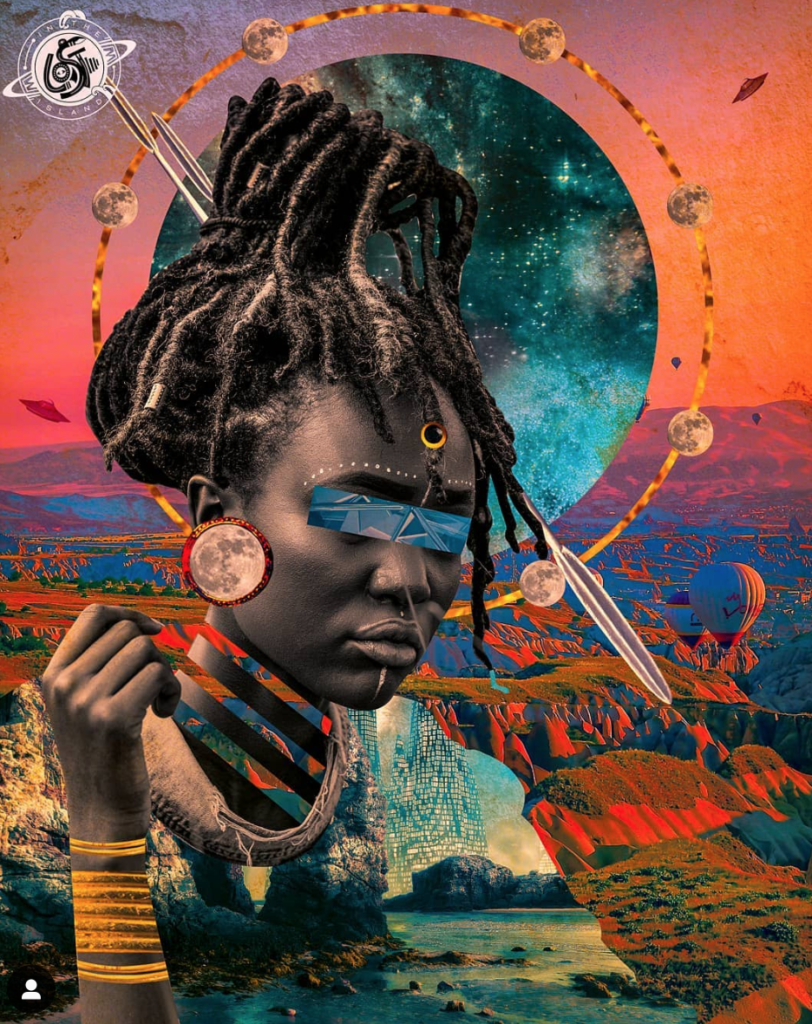
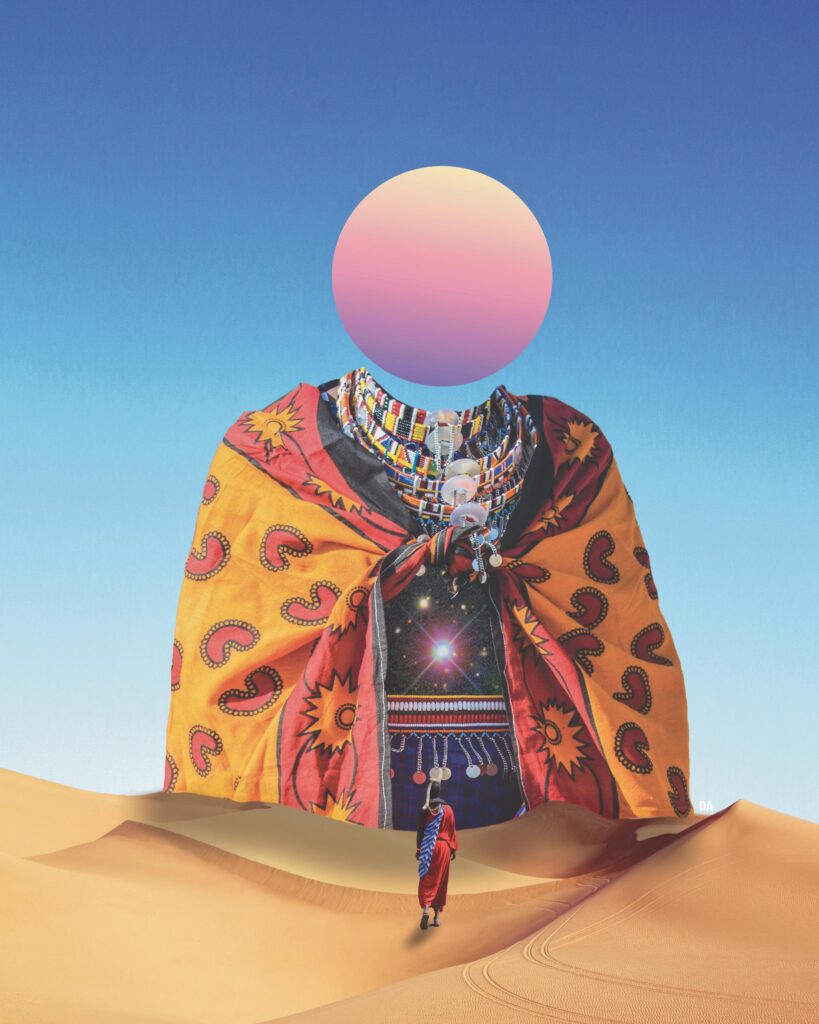
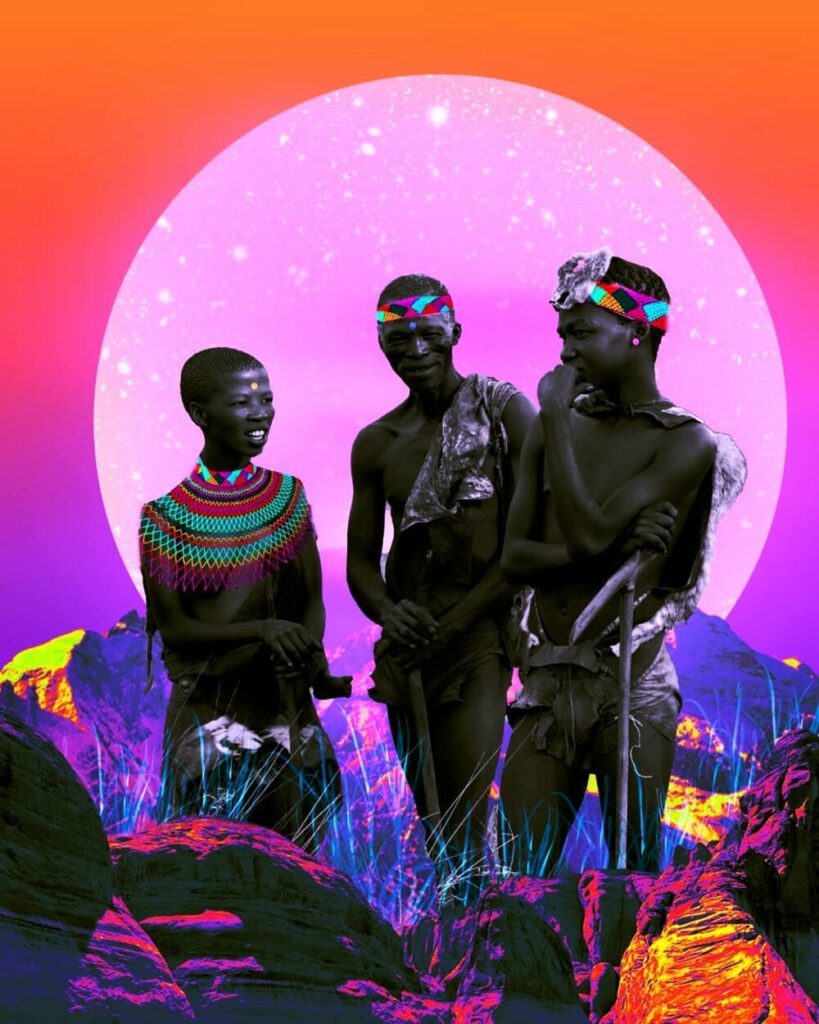
Science Fiction Through an Afrofuturistic Lens
Afrofuturism redefines science fiction by infusing it with African culture and black history. This redefinition includes not only the inclusion of black characters but also the infusion of African spiritualism, mythology, and technology into the narrative fabric of sci-fi. Afrofuturistic sci-fi often includes themes of escapism, exploring how advanced technology could potentially transform the lives of black people.
Writers and artists in this genre often use sci-fi as a framework to address current social issues affecting black communities, from systemic racism to economic inequality. Afrofuturism challenges the traditionally Eurocentric perspective of sci-fi, instead presenting a future where people of African descent play a central role.
Distinguishing itself through its commitment to excellence, PaperWriter provides a reliable avenue for students to achieve their academic goals. The service is known for its timely delivery and ability to handle complex assignments, making it a trusted partner for students across various academic disciplines seeking to enhance their writing skills and academic standing.

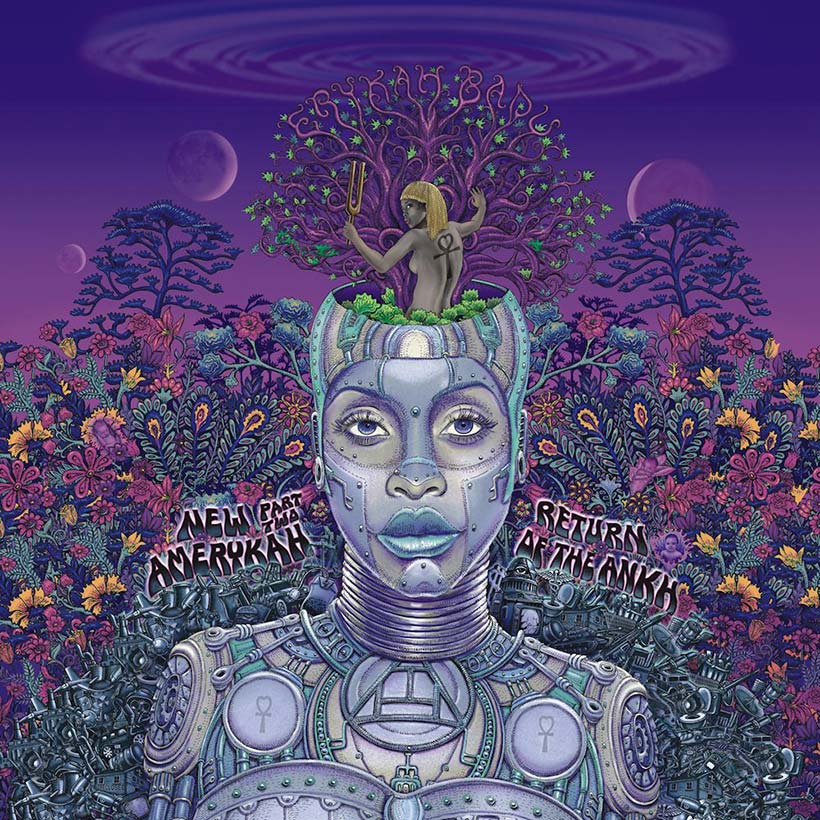
Black Panther: A Cinematic Representation of Afrofuturism
Marvel’s “Black Panther,” created by Stan Lee and Jack Kirby, is a prime example of Afrofuturism in popular culture. The film and the comic book series it’s based on depict the fictional African nation of Wakanda, a technologically advanced society untouched by colonialism. This representation of an African utopia, or “Afrotopia,” is significant as it provides a powerful visual of what an African future could look like.
“Black Panther” is not just a superhero movie, it’s a cultural phenomenon that has brought Afrofuturism into the mainstream. It showcases African technology and culture, putting black characters in positions of power and influence. The film treats African American themes with respect and dignity, presenting a narrative that is both empowering and inspiring.
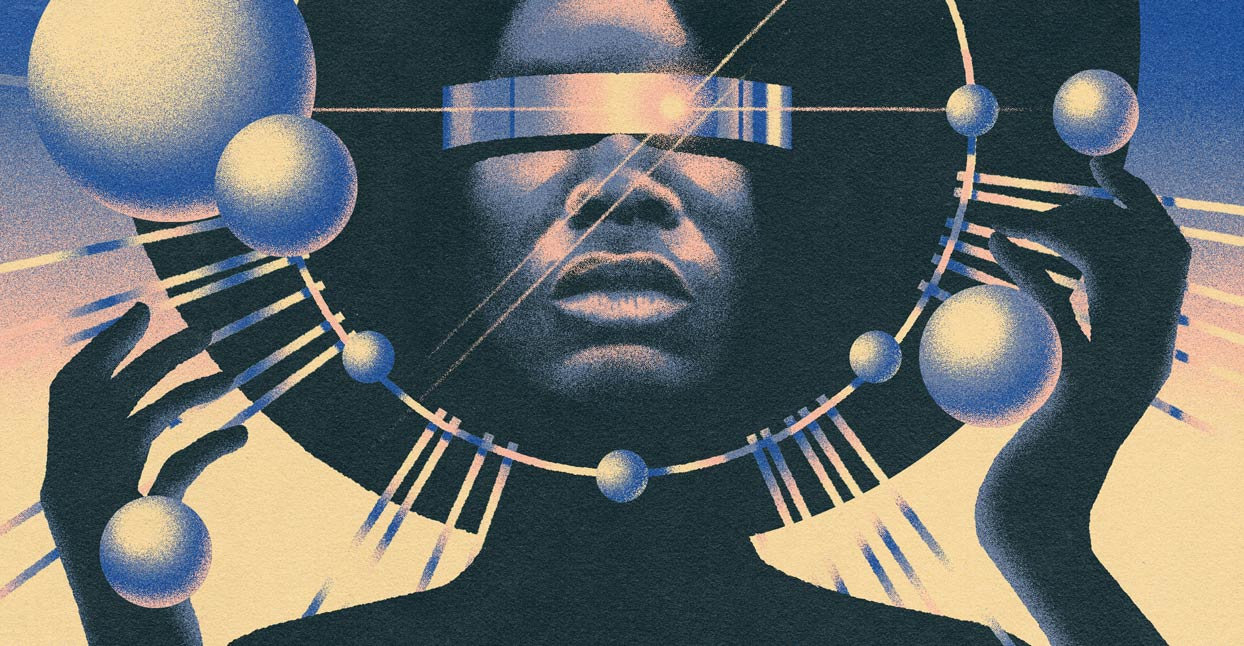
African American Themes in Afrofuturistic Narratives
Afrofuturism is deeply intertwined with African themes. It is a genre that addresses African American concerns about identity, history, and the future. The narratives often explore the impact of the African diaspora on identity formation and the struggle for black people to define their own destiny.These themes often manifest in stories where African American characters navigate a world that is frequently hostile or indifferent to their existence. The narratives provide a space for black writers and artists to express their hopes, fears, and visions for the future. Afrofuturism allows for the exploration of alternate realities where the social, economic, and political issues affecting African Americans can be resolved or reimagined.
The Role of Technology and Innovation in Afrofuturism
In Afrofuturism, technology and innovation are not just tools for advancing the plot, they are integral to the genre’s exploration of the future. Afrofuturistic works often imagine advanced technologies emerging from or being significantly influenced by African cultures. This inclusion challenges the stereotype of Africa as a continent perpetually lagging in technological advancements. Technology in Afrofuturism is often portrayed as a means of empowerment and liberation for black people. It provides a way to overcome historical challenges and achieve a more equitable future. This portrayal is a direct response to the historical and ongoing exclusion of African Americans from the technological and scientific sectors.
Music and Art in the Afrofuturistic Landscape
Music, especially genres like hip hop and jazz, plays a significant role in Afrofuturism. Artists like Sun Ra and George Clinton have used their music to explore Afrofuturistic themes. Sun Ra, in particular, with his album “Space is the Place,” blends Egyptian mythology with science fiction, creating a unique sound that transcends traditional musical genres. In the visual arts, Afrofuturist artists like Jasmine Murrell and Kyle Yearwood use their work to reimagine black futures. Their art often includes elements of science fiction and African culture, creating a visual representation of Afrofuturism. The “Black Futures Exhibition” at the Tate Modern is an example of how Afrofuturist art is being recognized and celebrated in mainstream art circles.

Afrofuturism’s Impact on Contemporary Culture and Society
Afrofuturism has had a profound impact on contemporary culture and society. It has provided a platform for black people to reimagine their place in the world and to envision a future where they are not just participants but leaders and innovators. The movement has influenced various aspects of popular culture, from fashion to film to literature.
Afrofuturism has also sparked important conversations about race, identity, and the future of society. It challenges the status quo and presents an alternative vision of the future that is inclusive and diverse. As a cultural movement, Afrofuturism is not just about imagining a black future, it’s about redefining the present and reclaiming the past. Manifest Destiny, as envisioned and curated by Ingrid LaFleur, is a pivotal extension of Afrofuturism, resonating deeply with contemporary culture and society. This exhibit, marking the 400th anniversary of West African captives arriving in Virginia, is a tribute to the resilience and agency of Black individuals in shaping their futures. By bringing together 12 artists, Manifest Destiny showcases an array of artworks, from Maikoiyo Alley-Barnes’s film and sculpture to Jasmine Murrell’s Detroit-inspired sculptures, and Alisha Wormsley’s public art.
In this innovative space, Afrotopia is not just a concept but a lived experience. The works of artists like Satch Hoyt and Manzel Bowman in painting and collage, respectively, echo this sentiment. The NeuroSpeculative AfroFeminism project by Hyphen Labs, featuring virtual reality, pushes the boundaries of technology and artistic expression. The installation of Jasmin Espy’s work further enriches the exhibition, alongside Kyle Yearwood’s contributions, which blend digital and physical realms, reflecting the ethos of Digitalia, the accompanying traveling exhibit. The Destiny Install, a prominent feature, embodies the transformative vision of Afrofuturism.
Manifest Destiny, through its illustration and diverse media, engages in a crucial dialogue about self-determination and identity. The workshop series, a part of this project, delves into the often-unseen histories of Black autonomy and resilience. The billboard “There Are Black People in the Future” by Alisha Wormsley, displayed in Downtown Detroit, encapsulates the spirit of this movement. This project, supported by the John S. and James L. Knight Foundation and organized by Library Street Collective, is more than an art exhibition. It’s a platform for reimagining Black futures and reclaiming narratives, resonating with the Dinkinesh – the marvelous in Amharic – spirit of Afrofuturism. Manifest Destiny stands as a testament to the power of art in shaping societal perspectives and fostering an inclusive future.